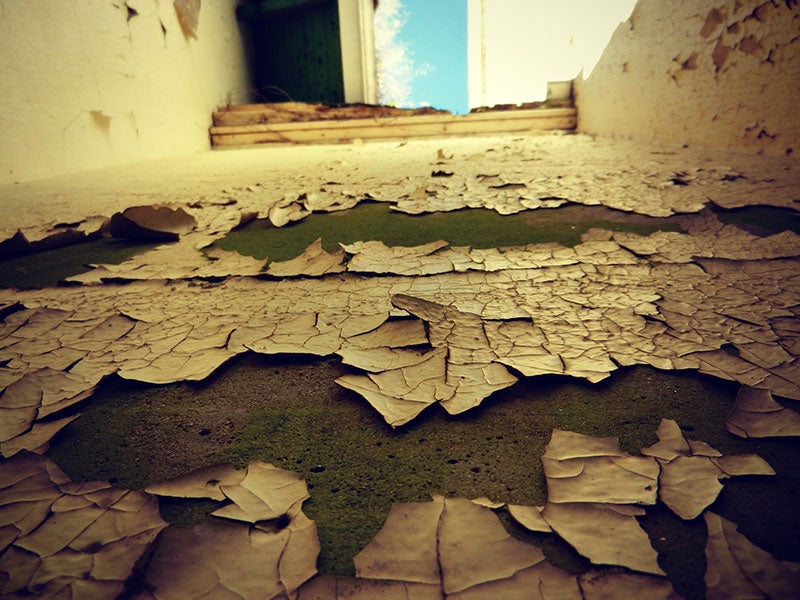Earthjustice goes to court for our planet.
We’re here because the earth needs a good lawyer.
EPA Adopts New Rule That Will Help Protect Kids from Lead Dust
This page was published a year ago. Find the latest on Earthjustice’s work.
What happened: The Environmental Protection Agency (EPA) has adopted a rule that would deem any amount of lead dust found in schools, daycares, and homes to be a “lead hazard.” The rule is a response to litigation in which Earthjustice represented community and environmental organizations, who sued the EPA for failing to establish protective standards for older housing along with schools and daycares.
Why it matters: Exposure to any level of lead is hazardous. The new rule is based on science that shows that there is no safe level of lead exposure for children. This rule marks a big step forward in the country’s long-delayed efforts to eliminate lead exposures in the millions of residences and childcare facilities with lead paint.
What is lead dust and where does it come from?
- Deteriorating paint: Lead-based paint cracks, chips, and peels over time and contaminates dust throughout homes, schools, and daycares. It can also be created during remodeling or renovation projects.
- Older homes at higher risk: While lead isn’t found in new paint, it may still be found in homes and buildings built before 1978.
- Children are most vulnerable: As children attend school across the country, some are in older buildings with dangerous lead-based paint. One of the most common causes of lead poisoning in children is the ingestion of lead dust from deteriorating paint.
Lead dust harms the health and development of children
- Every bit matters: Even very small amounts of dust containing lead can cause a concerning increase in children’s blood lead levels.
- No amount is safe: Even in small amounts, lead can irreversibly and seriously harm kids’ health with adverse effects such as brain and nervous system damage, slowed development, and hearing problems.
A long-delayed victory
- Insufficient standards: Thirty years ago, Congress directed EPA to set protective standards for lead-based paint, but the agency has consistently set standards that have been too lax, failing to protect both children and adults.
- Urging the EPA to act: In 2009, 12 organizations and a physician filed a petition with the EPA, asking it to update its outdated lead hazard standards. The EPA agreed to create a new rule but didn’t finish the job.
- Going to court: The EPA continued to drag its feet and delayed establishing and implementing protective standards based on the most recent science. So Earthjustice got involved in 2016 and sued the EPA on behalf of health and community advocacy groups compelling them to act. As a result, the court ordered the EPA to modify its outdated rules. While the EPA updated its standards in 2019, the levels it set were still dangerously high.
- Enter the new rule: This newest rule comes as a result of yet another lawsuit Earthjustice filed against the EPA for failing to establish protective standards for older housing and “child-occupied facilities,” such as schools and daycares.
The new rule sets the hazard standard at zero
- A health and science-based rule: The court ordered the EPA to base its standards entirely on what is known about the health impacts of lead.
- Standard of zero: The EPA has now adopted a standard that would designate any amount of lead dust as hazardous. A limit of zero is necessary to truly protect health, as there is no safe level of lead exposure for children.
- The potential impacts: Now, any amount of lead dust found in a residence or childcare facility will require disclosure under certain circumstances, and in some jurisdictions, removal or abatement.
- Protecting the future: Generations of children were poisoned by lead due to the EPA’s failure to act urgently and the unprotective standards it set. This win will almost immediately halt a major source of lead exposure for the following generations of kids.
